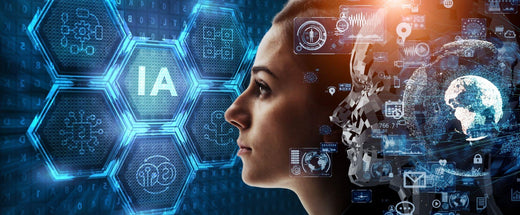
In classrooms, boardrooms, or collaborative workspaces, smart boards have entirely changed the game in terms of how advanced technology can be utilized. But the question looms large! Will it be sustained and relevant in the future, or even for the next generations? As technology matures, smart boards will grow and enhance their capabilities. This article will explore how smart boards will be upgraded and why smart boards will remain crucial in education, business, and collaboration in years to come.

Smart boards are a key player in interactive technology. Touch screens, as we know them, are walking into their evolution, where they will become fully responsive to our gestures. We will see more types of gestures and haptic feedbacks. Users will be able to find their way through presentations, lessons, and meetings with greater precision and efficiency. Because of these improvements, it will make it a more immersive, intuitive experience.
Such regular innovations are one of many factors that will allow smart boards to remain the leading interactive technology and how smart boards will continue to progress with the needs of its consumers.

Artificial Intelligence (AI) and Machine Learning will power the next generation of smart boards. AI will continuously learn your behavior and preferences and adjust the content. AI may optimize parameters like brightness, contrast, what is displayed, and even the layout for an absorbing and rich experience.
Additionally, AI-based solutions will allow for instant content generation and immediate feedback, leading to much more efficient studying and teaching. This integration also demonstrates how smart boards will continue getting smarter and more flexible in the future.

Cloud computing will also optimize smart boards. Improving connectivity between devices in wireless communication will likely make smart boards more capable of easy content mirroring, as well as collaboration between several devices. This allows for better flexibility, as smart boards can pair with up to 10 different devices simultaneously.
Integration with the cloud helps users access files from afar, enhancing productivity. This will enable seamless integration of smart boards in education systems as well as business environments, demonstrating how smart boards will dominate key roles in both sectors.

Collaboration in Classroom: Future smart boards will be focused on collaboration. These sophisticated smart boards will integrate multi-user input and document sharing in real-time, with upgraded video conferencing to boot. Specifically, these capabilities will facilitate greater collaboration among teams that work together across the globe.
The evolution of the smart board is further proof of how they will always stay relevant in workplaces and educational environments.

Improving smart board technology will enhance education for teachers and students. This, in turn, will enable teachers to deliver more interactive and dynamic lessons, while students will benefit from customized and immersive learning experiences.
Cloud-based tools, AI-powered formative feedback, and collaborative environments will all support and enrich the process of learning. This will further establish smart boards as essential educational tools for the future.

In the business sector, smart boards will increase productivity. Meetings will be easier than ever, with wireless connections and laptops, tablets, and smartphones connecting seamlessly. New screen-sharing, live annotations, and other teamwork features will allow teams to brainstorm and come to consensus more quickly.
Companies will make use of AI in machine learning, data analysis, and automated report generation, increasing efficiency and productivity. This is further testament that smart boards will remain a permanent component of business operations.
As systems become more sustainable, smart boards may become less intensive as a cost (both financial and environmental). Manufacturers are already studying energy-efficient designs — and even sustainable materials — to lower the carbon footprint.
Cloud integration will also help eliminate paper usage and generate a paperless classroom or office. These innovations will ensure that smart boards remain an eco-friendly option for environmentally conscious users.
To find out more about the specifications of HKMLC Smart Board, how to set up HKMLC Smart Board in your classroom or business, refer to the HKMLC Smart Board User Manual and HKMLC Smart Board Setup Guide.
No comments
0 comments